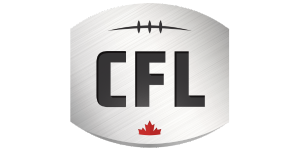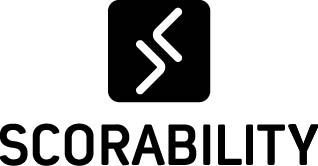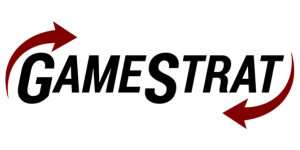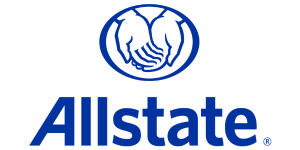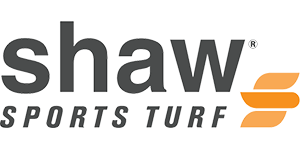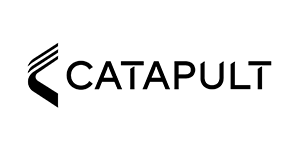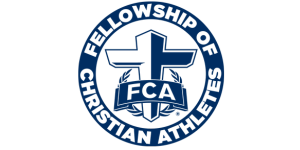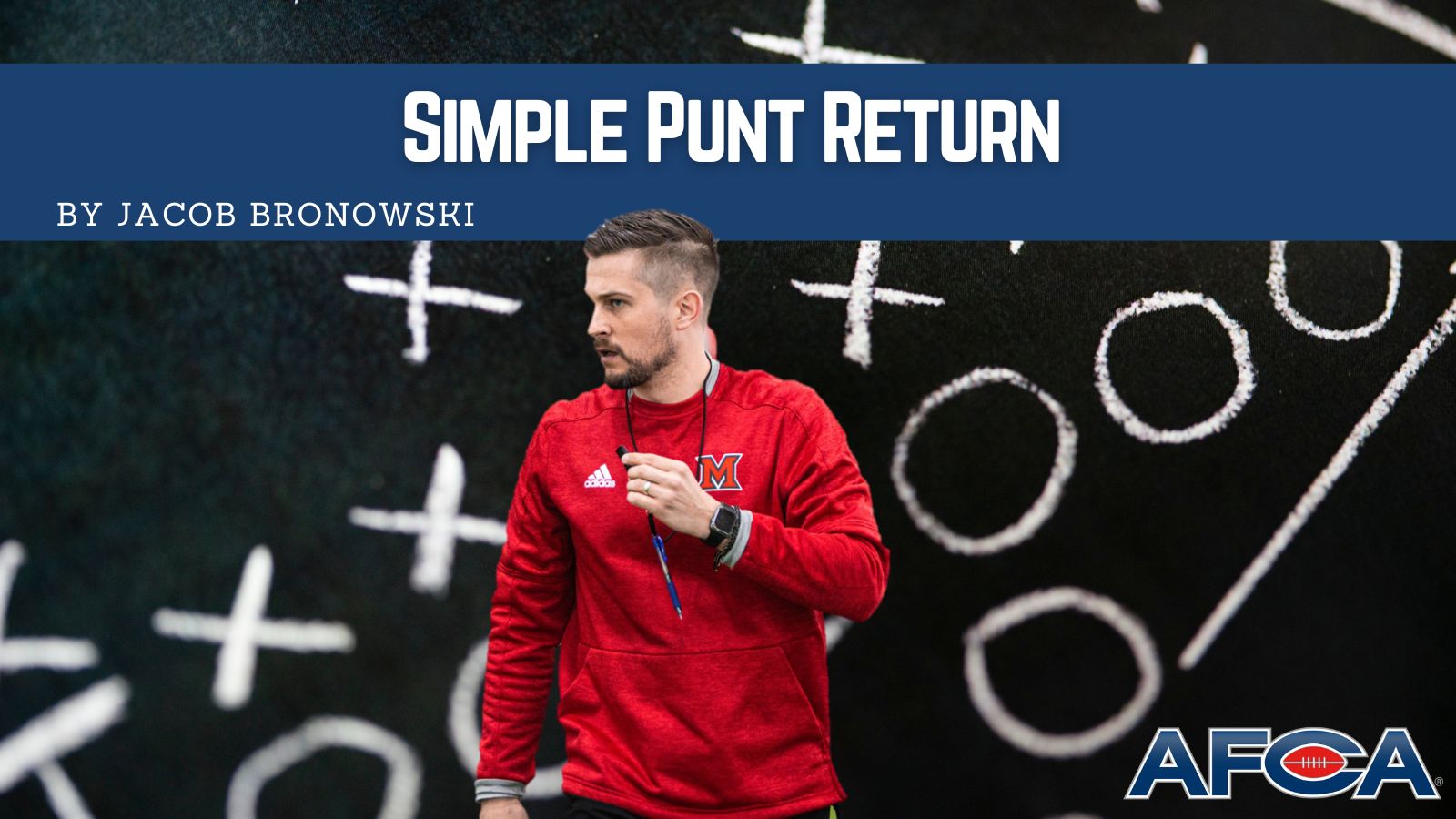
Simple Punt Return
April 18, 2023
The past decade brought a schematic shift to college football punt units. With the evolution of the spread punt, coaches must adapt their special teams approaches to be successful on punt return and to set players up to make game-changing plays. Reducing special teams to effort and technique is at the core of my beliefs as a Special Teams Coordinator. I return to this core value every week because of its proven track record against evolved punt schemes with exotic and unpredictable formations.
When game-planning punt return, I imagine it as a defensive play first, with the potential to become an explosive offensive play after gaining possession of the football via a blocked or returned punt. To create more explosive opportunities for our punt return unit, our scheme has evolved to feature simple alignment rules. These rules provide the ability to defend against any potential fakes and to adjust easily to new formations on the fly. The simplicity of this approach means our unit can adapt to each opponent, attacking weaknesses in protections or coverage. Ultimately, this frees up valuable time throughout game week to execute our calls against the opponent’s formations at a higher rate. Throughout this article I will give an in-depth look into punt return scheme by breaking down:
- Position Identification
- Base Alignment/Structure
- Base Middle Scheme
- Game Planning
Position Identification
Our goal as coaches, regardless of position group, is successfully teaching and guiding every player, at every learning pace or level. In every phase of special teams, I concentrate on how easily concepts and schemes can be digested by my players. Keeping punt return concise leads to less error on gameday when players have to decipher new formations at a fast pace and still execute. The simplicity of our scheme begins with position identification, how we label each position on the unit. Each position tells the player whom he is responsible to align on and either hold up or rush from that gap.
Our goal as coaches, regardless of position group, is successfully teaching and guiding every player, at every learning pace or level. In every phase of special teams, I concentrate on how easily concepts and schemes can be digested by my players. Keeping punt return concise leads to less error on gameday when players have to decipher new formations at a fast pace and still execute. The simplicity of our scheme begins with position identification, how we label each position on the unit. Each position tells the player whom he is responsible to align on and either hold up or rush from that gap.
Excluding the returner, every position has either an “L” or an “R” followed by a number from 1 to 4. Players on both sides of the formation count from the outside in to find their alignment responsibility; the snapper isn’t counted unless he is the end man on the line of scrimmage. For example, our player responsible for covering the widest man in the formation to the left would be “L1” (Diagram 1). The final two positions are identified as the Right End (RE) and the Left End (LE). These positions are responsible for aligning outside the widest player to their side in the formation’s core while keeping leverage on the shield. As stated above, opponent punt formations have become increasingly exotic on a week-to-week basis. By labeling our positions based on whom players are responsible to align on, we are able to rapidly and effectively adjust to any new formation a team may present.
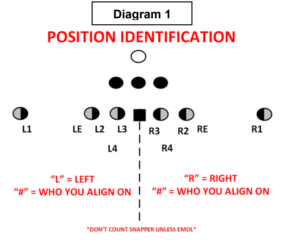
Alignment
The number one aspect of punt return alignment is understanding protections and how they affect the difficulty of holding up a coverage player. There are two scenarios that can occur in punt protection:
- A player can block out – blocking someone other than you.
- A player can block down – probably blocking you.
It is important that players understand how the two scenarios will play out differently for their hold-up technique. I believe the most difficult hold-up to execute is when a player’s man blocks out, meaning he is blocking someone other than him. By contrast, when a player’s man is blocking down on him, it is easier to Diagram 2 maintain a square and thick position on him (See Diagram 2 for drill examples). Alignment is based on the blocking out scenario, due to its greater difficulty; we align our players shoulder-to-shoulder with their responsibility on the inside. It is important to note that this is the day one install of our base hold up technique. Depending on our opponent’s scheme, we will occasionally align more in the gap, when we are certain a player’s man is blocking down. This gives our unit an opportunity to use the opponent’s protection against them.
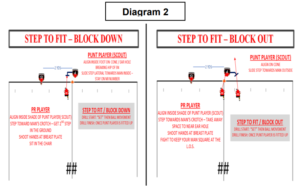
Scheme
A critical first step in this process is establishing the objective of the unit and how this objective should be supported by the scheme. On the first day of punt return install, we introduce our primary goal with unwavering energy and confidence: to lead the country in punt return attempts! This helps set the tone for the entire team, especially our returners, establishing that we will be aggressive in fielding and returning punts. I do not want our players to focus on average-based results. We cannot control the number of opportunities our unit could potentially receive in a game. However, if our returners are focused on fielding every single ball and are ultimately craving to return every punt (combined with a collective focus on winning their 1-on-1 match-up, allowing the returner to get started) explosive plays are certain to follow.
This also ensures that we will not give up lost yardage by allowing the ball to hit the ground, but instead gives our offense optimal field position. The return scheme that best allows us to accomplish this goal is a middle return unit, meaning every player wants to have inside leverage on their man by forcing them to release outside. I coach our returners to make the first man miss and get vertical as soon as possible. Once they get vertical, they will then make all of their cuts from the inside out.
It is paramount to give the returners some lateral freedom to make the first man miss and obviously to avoid the tackle.This usually forces the first wave of coverage players to widen their leverage on the returner, creating vertical seams. Ideally, our players should now be in proper trail position and “ball me man” relationship, giving our returner butts to run off of. Being a middle return unit provides the ability to get vertical as quickly as possible and earn positive return yards versus an array of different kicks. We carry a base call of “middle” into every game, with two other calls and a block. During game planning, I strive for all of our calls to start in the same look as often as possible. Inevitably, some of our blocks will look different based on protections. For instance, we may play a team that is a base 3-man shield with both gunners flexed Diagram 3
out (See Diagram 3).
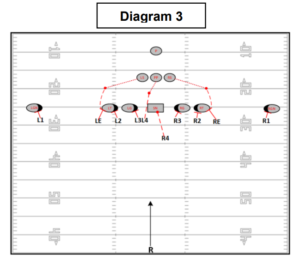
Our middle call would put each player inside of his responsibility and our ends aligning outside the tackles. Earlier, I discussed how players’ positions tell them who they are responsible to align over and hold up; however, in balanced formations, 4s will not have any responsibility. As a base, we put one on the snapper while the other ensures the kick before taking the personal protector in the shield. Everyone else is still executing the “Middle” call. I am a strong believer in using a “Chip” technique. We instruct our end towards the side that is blocking out, to align with some width from his target and get that tackle to be aggressive to him. This causes a deeper junction point for the block, helping the L2 or R2, depending on the direction of the punt, to get hands on the tackle. If their tackle blocks down, ends are coached to abort their chip and ensure the kick, checking for any fakes. Calls coming from the same alignment allow us to duplicate footwork as much as possible, giving us a ton of valuable banked reps with our “hold-up” fundamentals.
Game Planning
When game-planning punt return, I aim to obtain a clear picture of our opponent’s scheme in both protection and coverage, all while identifying eligibles in formations. The biggest attribute I look for in formations is how many unbalanced formations they have. My initial thought, when I see a team that punts from unbalanced formations, is they have some type of fake coming back to the unbalanced side. If this is the case, we coach our off-the-ball player, usually an R/L4, to relate to the short side of the formation and gain a hat Diagram 4
(See Diagram 4).
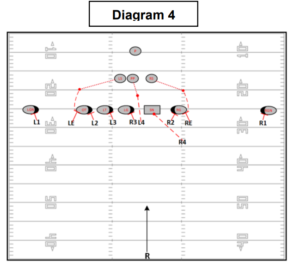
Pulling up the opponent’s punt unit formations first gives me a solid understanding of their punt scheme without a cluttered view. Particularly in 2-man shield spread punt units, I examine eligibles and how they are being utilized. Once I feel that I have a solid grasp on their
scheme’s overall objective, I watch every punt game by game. This provides insight into their call-making based on situational football. In this review, I am specifically looking for any personnel changes, as well as personnel strengths or weaknesses in both protection and coverage. Finally, I explore their punter and snapper, which is obviously the main driver in shaping our game plan. After breaking down the scheme and personnel, I build our plan based on the best ten players’ strengths for that week. With this game-planning model, I can confidently deliver the greatest number of absolutes possible to our players, allowing them to play with complete conviction.
Conclusion
Punt return can impact the outcome of a game in a variety of different ways. I firmly believe our scheme gives players the ability to align quickly and execute the game plan confidently, resulting in the game-changing plays that we celebrate. This translates to every phase on special teams. It is never about how much we can scheme up, but about how often we can duplicate core fundamentals within our schemes, reducing the game to effort and technique.
For more information about the AFCA, visit www.AFCA.com. For more interesting articles, check out The Insider and subscribe to our weekly email.
If you are interested in more in-depth articles and videos, please become an AFCA member. You can find out more information about membership and specific member benefits on the AFCA Membership Overview page. If you are ready to join, please fill out the AFCA Membership Application.
« « Previous PostNext Post » »
The past decade brought a schematic shift to college football punt units. With the evolution of the spread punt, coaches must adapt their special teams approaches to be successful on punt return and to set players up to make game-changing plays. Reducing special teams to effort and technique is at the core of my beliefs as a Special Teams Coordinator. I return to this core value every week because of its proven track record against evolved punt schemes with exotic and unpredictable formations.
When game-planning punt return, I imagine it as a defensive play first, with the potential to become an explosive offensive play after gaining possession of the football via a blocked or returned punt. To create more explosive opportunities for our punt return unit, our scheme has evolved to feature simple alignment rules. These rules provide the ability to defend against any potential fakes and to adjust easily to new formations on the fly. The simplicity of this approach means our unit can adapt to each opponent, attacking weaknesses in protections or coverage. Ultimately, this frees up valuable time throughout game week to execute our calls against the opponent’s formations at a higher rate. Throughout this article I will give an in-depth look into punt return scheme by breaking down:
- Position Identification
- Base Alignment/Structure
- Base Middle Scheme
- Game Planning
Position Identification
Our goal as coaches, regardless of position group, is successfully teaching and guiding every player, at every learning pace or level. In every phase of special teams, I concentrate on how easily concepts and schemes can be digested by my players. Keeping punt return concise leads to less error on gameday when players have to decipher new formations at a fast pace and still execute. The simplicity of our scheme begins with position identification, how we label each position on the unit. Each position tells the player whom he is responsible to align on and either hold up or rush from that gap.
Our goal as coaches, regardless of position group, is successfully teaching and guiding every player, at every learning pace or level. In every phase of special teams, I concentrate on how easily concepts and schemes can be digested by my players. Keeping punt return concise leads to less error on gameday when players have to decipher new formations at a fast pace and still execute. The simplicity of our scheme begins with position identification, how we label each position on the unit. Each position tells the player whom he is responsible to align on and either hold up or rush from that gap.
Excluding the returner, every position has either an “L” or an “R” followed by a number from 1 to 4. Players on both sides of the formation count from the outside in to find their alignment responsibility; the snapper isn’t counted unless he is the end man on the line of scrimmage. For example, our player responsible for covering the widest man in the formation to the left would be “L1” (Diagram 1). The final two positions are identified as the Right End (RE) and the Left End (LE). These positions are responsible for aligning outside the widest player to their side in the formation’s core while keeping leverage on the shield. As stated above, opponent punt formations have become increasingly exotic on a week-to-week basis. By labeling our positions based on whom players are responsible to align on, we are able to rapidly and effectively adjust to any new formation a team may present.

Alignment
The number one aspect of punt return alignment is understanding protections and how they affect the difficulty of holding up a coverage player. There are two scenarios that can occur in punt protection:
- A player can block out – blocking someone other than you.
- A player can block down – probably blocking you.
It is important that players understand how the two scenarios will play out differently for their hold-up technique. I believe the most difficult hold-up to execute is when a player’s man blocks out, meaning he is blocking someone other than him. By contrast, when a player’s man is blocking down on him, it is easier to Diagram 2 maintain a square and thick position on him (See Diagram 2 for drill examples). Alignment is based on the blocking out scenario, due to its greater difficulty; we align our players shoulder-to-shoulder with their responsibility on the inside. It is important to note that this is the day one install of our base hold up technique. Depending on our opponent’s scheme, we will occasionally align more in the gap, when we are certain a player’s man is blocking down. This gives our unit an opportunity to use the opponent’s protection against them.

Scheme
A critical first step in this process is establishing the objective of the unit and how this objective should be supported by the scheme. On the first day of punt return install, we introduce our primary goal with unwavering energy and confidence: to lead the country in punt return attempts! This helps set the tone for the entire team, especially our returners, establishing that we will be aggressive in fielding and returning punts. I do not want our players to focus on average-based results. We cannot control the number of opportunities our unit could potentially receive in a game. However, if our returners are focused on fielding every single ball and are ultimately craving to return every punt (combined with a collective focus on winning their 1-on-1 match-up, allowing the returner to get started) explosive plays are certain to follow.
This also ensures that we will not give up lost yardage by allowing the ball to hit the ground, but instead gives our offense optimal field position. The return scheme that best allows us to accomplish this goal is a middle return unit, meaning every player wants to have inside leverage on their man by forcing them to release outside. I coach our returners to make the first man miss and get vertical as soon as possible. Once they get vertical, they will then make all of their cuts from the inside out.
It is paramount to give the returners some lateral freedom to make the first man miss and obviously to avoid the tackle.This usually forces the first wave of coverage players to widen their leverage on the returner, creating vertical seams. Ideally, our players should now be in proper trail position and “ball me man” relationship, giving our returner butts to run off of. Being a middle return unit provides the ability to get vertical as quickly as possible and earn positive return yards versus an array of different kicks. We carry a base call of “middle” into every game, with two other calls and a block. During game planning, I strive for all of our calls to start in the same look as often as possible. Inevitably, some of our blocks will look different based on protections. For instance, we may play a team that is a base 3-man shield with both gunners flexed Diagram 3
out (See Diagram 3).

Our middle call would put each player inside of his responsibility and our ends aligning outside the tackles. Earlier, I discussed how players’ positions tell them who they are responsible to align over and hold up; however, in balanced formations, 4s will not have any responsibility. As a base, we put one on the snapper while the other ensures the kick before taking the personal protector in the shield. Everyone else is still executing the “Middle” call. I am a strong believer in using a “Chip” technique. We instruct our end towards the side that is blocking out, to align with some width from his target and get that tackle to be aggressive to him. This causes a deeper junction point for the block, helping the L2 or R2, depending on the direction of the punt, to get hands on the tackle. If their tackle blocks down, ends are coached to abort their chip and ensure the kick, checking for any fakes. Calls coming from the same alignment allow us to duplicate footwork as much as possible, giving us a ton of valuable banked reps with our “hold-up” fundamentals.
Game Planning
When game-planning punt return, I aim to obtain a clear picture of our opponent’s scheme in both protection and coverage, all while identifying eligibles in formations. The biggest attribute I look for in formations is how many unbalanced formations they have. My initial thought, when I see a team that punts from unbalanced formations, is they have some type of fake coming back to the unbalanced side. If this is the case, we coach our off-the-ball player, usually an R/L4, to relate to the short side of the formation and gain a hat Diagram 4
(See Diagram 4).

Pulling up the opponent’s punt unit formations first gives me a solid understanding of their punt scheme without a cluttered view. Particularly in 2-man shield spread punt units, I examine eligibles and how they are being utilized. Once I feel that I have a solid grasp on their
scheme’s overall objective, I watch every punt game by game. This provides insight into their call-making based on situational football. In this review, I am specifically looking for any personnel changes, as well as personnel strengths or weaknesses in both protection and coverage. Finally, I explore their punter and snapper, which is obviously the main driver in shaping our game plan. After breaking down the scheme and personnel, I build our plan based on the best ten players’ strengths for that week. With this game-planning model, I can confidently deliver the greatest number of absolutes possible to our players, allowing them to play with complete conviction.
Conclusion
Punt return can impact the outcome of a game in a variety of different ways. I firmly believe our scheme gives players the ability to align quickly and execute the game plan confidently, resulting in the game-changing plays that we celebrate. This translates to every phase on special teams. It is never about how much we can scheme up, but about how often we can duplicate core fundamentals within our schemes, reducing the game to effort and technique.
For more information about the AFCA, visit www.AFCA.com. For more interesting articles, check out The Insider and subscribe to our weekly email.
If you are interested in more in-depth articles and videos, please become an AFCA member. You can find out more information about membership and specific member benefits on the AFCA Membership Overview page. If you are ready to join, please fill out the AFCA Membership Application.

